Mystery of the missing WW1 warship: Divers discover wreckage of HMS Nottingham
For more than a century, the final resting place of HMS Nottingham has been shrouded in mystery.
But an international team of specialist divers from Project Xplore has located the wreckage 60 miles off the Scottish coast, after eight months carefully researching historical logs and charts to pinpoint her location.
Sonar scanning revealed the shape of the ship's hull on the sea floor and, by mid-July, divers were able to witness the wreckage first-hand and document their remarkable discovery.
The Project Xplore team was thrilled to discover that HMS Nottingham was remarkably well-preserved at a depth of 85 metres (278 feet).
"Immediately when we reached the seabed, we could see this huge six-inch cannon, which was still totally intact and in place on the deck of the boat," said Dan McMullen, Project Xplore coordinator and diver.
"The wreck site as well is incredibly intact – everything from the bridge back over is as it was the day it went down. I've never seen the propeller that shiny and that well-preserved, ever.
"I think because the wreck was quite deep, this protected it from storms."
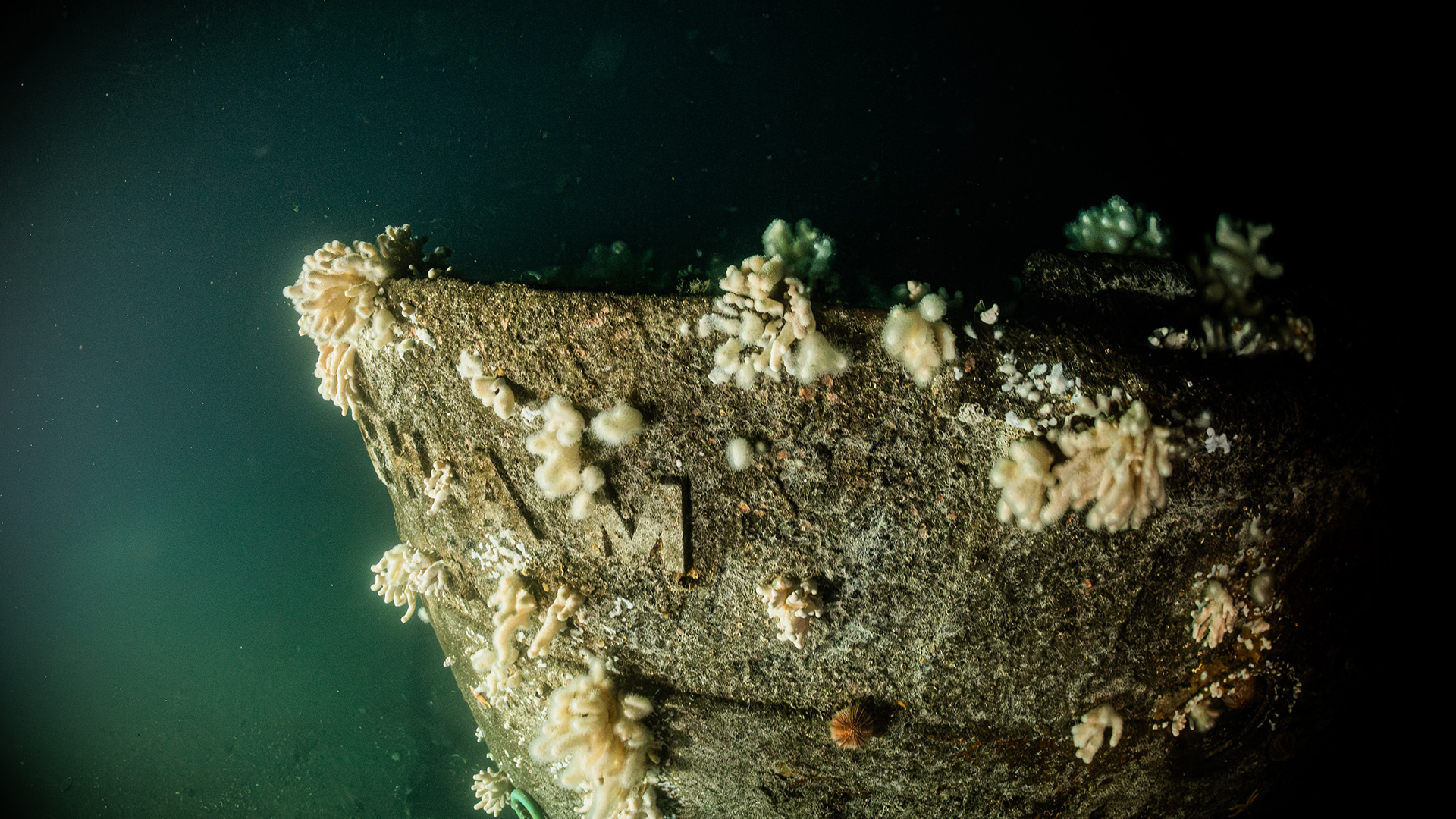
The dive was technically challenging in poor conditions but, despite this, the expert team was able to verify the identity of the ship by matching details and measurements with historical records.
Listing to 45° on her port side, the position of the wreckage tallied with both British and German reports of how HMS Nottingham sank.
The ship's nine six-inch guns and her original wooden decking were also easily visible.
Divers were especially thrilled when they realised they could clearly read the lettering of the ship's name on the stern, confirming the find was certainly genuine.
They even spotted unbroken dinner plates on the seabed, stamped with the Royal Navy's crown emblem.
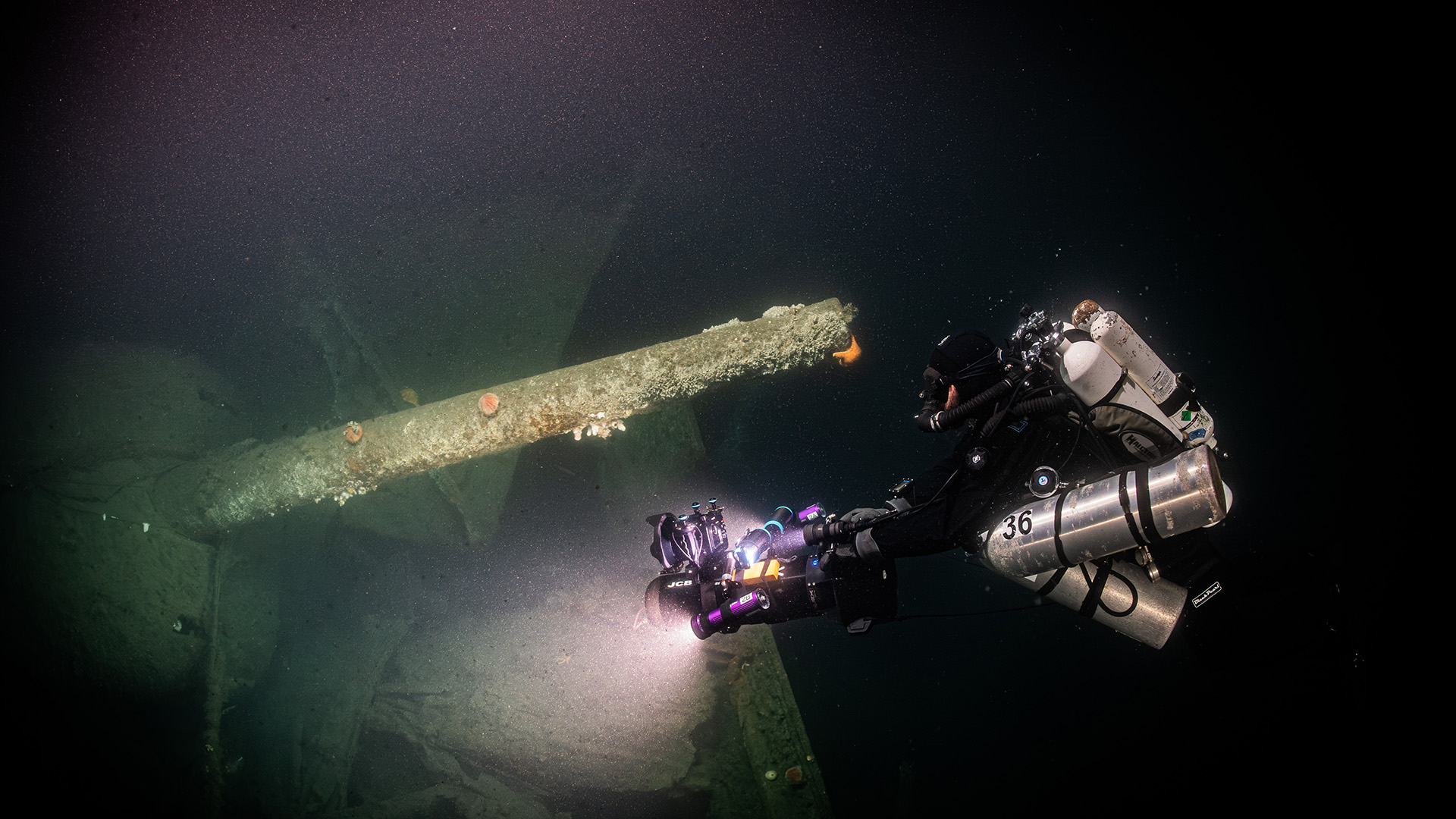
During the dive, the team was also able to identify the ship's four funnels and her anchors lying on the sea floor.
They were excited to see the portholes intact, with one looking into the captain's day cabin at the stern of the vessel.
A break in the ship's bridge was also visible, corroborating reports that this was where one of three German torpedoes had hit the ship.
"I think what's really interesting about this particular shipwreck is what we can learn from how she sank...[and] we could verify that she was actually struck by three torpedoes from the German submarine," said Mr McMullen.

HMS Nottingham was launched in 1913 as one of the three Town-class light cruisers in the Royal Navy's fleet.
These warships were used as sea scouts and were also key to fending off German torpedo attacks during the First World War.
"What was so interesting about HMS Nottingham was she was the last town-class cruiser that fought in major battles during WW1, such as the Battle of Heligoland Bight, Dogger Bank and the Battle of Jutland," said Mr McMullen.
In August 1916, HMS Nottingham was deployed as part of the British fleet to fight off a German attack.
"They were tasked at intercepting the German High Seas fleet as they were crossing the North Sea to bombard Sunderland," said Mr McMullen.
"However, this was kind of a myth, and it was a trap.
"What happened to the Nottingham was she fell short of a U-boat ambush."
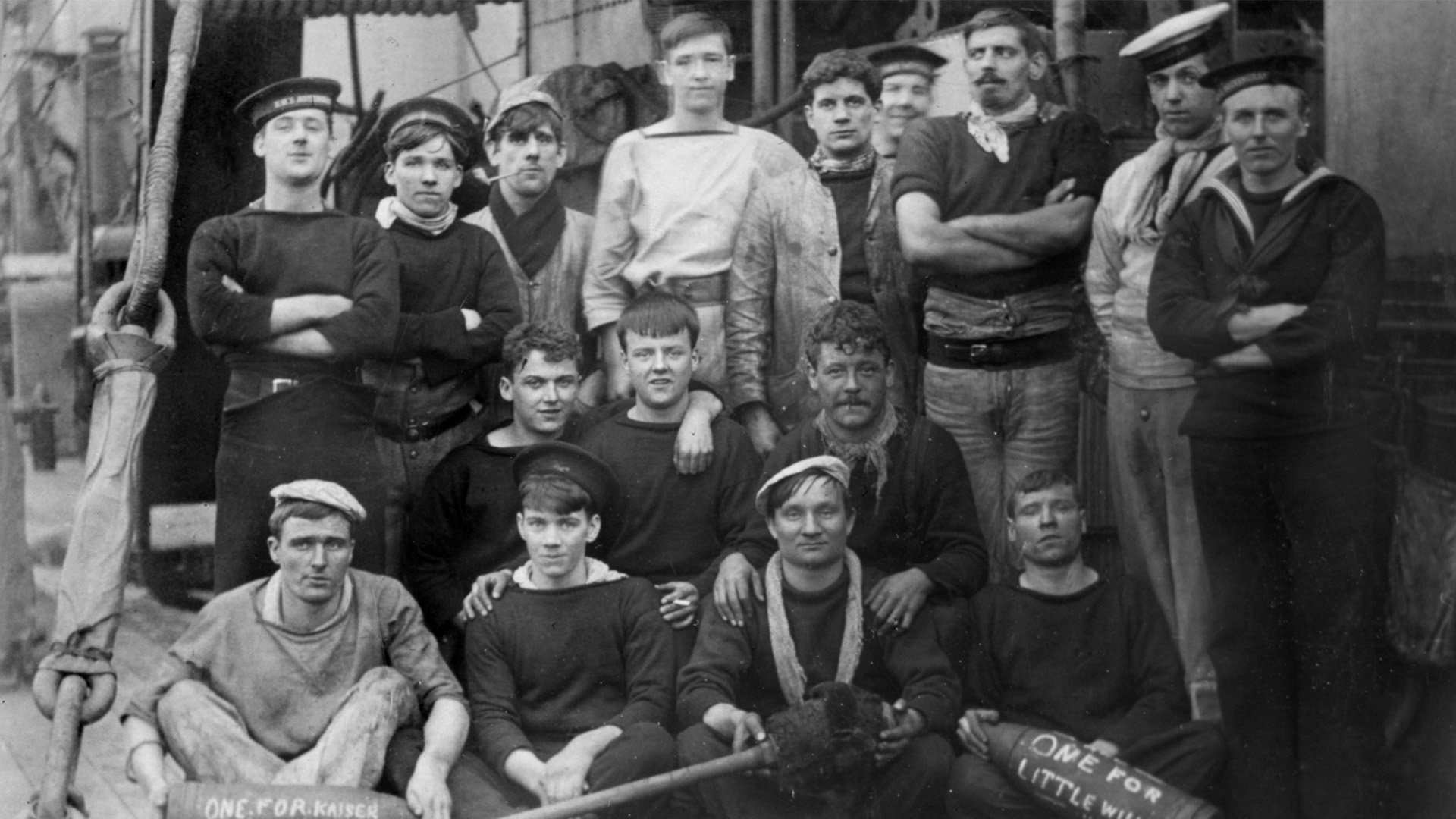
According to naval records uncovered by the Project Xplore team, on 18 August 1916, the entire German fleet set out for a final push on the English coastline overnight.
British warships were deployed to intercept them, with HMS Nottingham leading the way, unaware that a line of German submarines was lying in wait.
On 19 August, in the murky pre-dawn haze, a crewman on another ship in the British fleet thought he had spotted something in the water.
"However, it was misinterpreted to be a fishing boat and ultimately that ended up to be the fatal story of how [Nottingham] was torpedoed," said Mr McMullen.
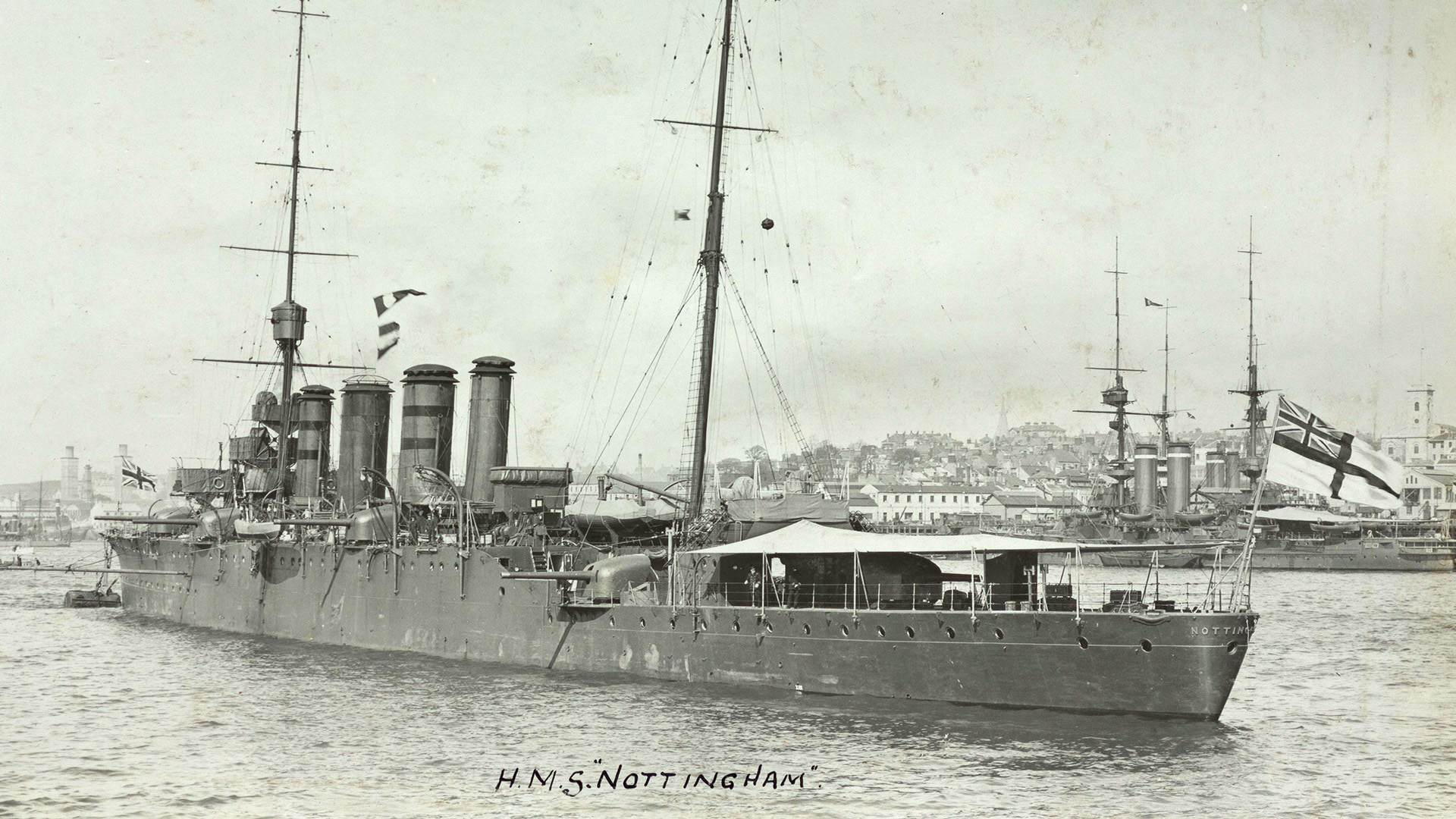
Soon after, HMS Nottingham was struck twice by German torpedos and lost power.
The ship's captain, Captain C B Miller, recorded every detail of the terrifying turn of events.
"She was struck by two torpedoes, fired from a submarine, on her port side, the first bursting between 28 and 40 station, the second, within a very few seconds, abreast number two boiler room," he wrote in his report.
A second ship in the fleet, HMS Dublin, was also targeted as she tried to defend Nottingham.
But when a German torpedo hit her directly for a third time, it proved fatal.
"About 06.25am, a periscope was sighted on port side and fired at, but a torpedo was observed to be approaching the ship, which struck her abreast number one boiler room on port side," said Capt Miller.
He then ordered the crew into lifeboats as the ship began to sink, while other ships in the British fleet raced to their rescue amid continuing fire.
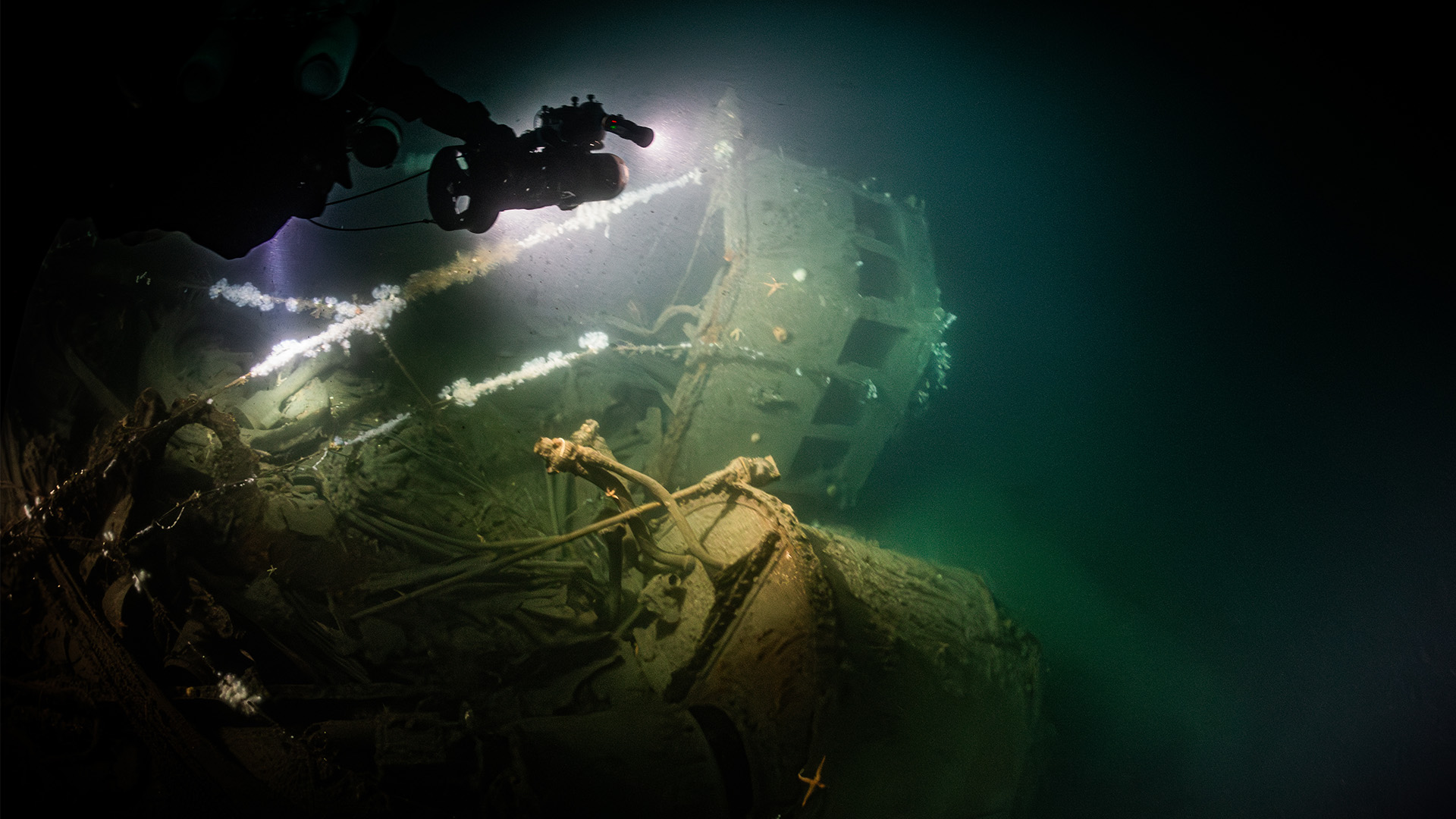
Project Xplore also uncovered and translated German naval records with their own blow-by-blow account of the attack on HMS Nottingham by their U-52 submarine.
"Four small cruisers separated into two groups, going high speed, zigzag course," reads the German report.
"Approaching view from the north... alarm. Quick dive. Attack on group (currently stopped), attacking with the stern.
"Firing two torpedoes out of tubes three and four, direct hit to the bow could be spotted."
The German crew was determined to finish off HMS Nottingham.
"As the cruiser is not sinking and no lifeboats have been lowered, decided to attack a second time," the report continues.
"Direct hit midships. Cruiser is listing towards port side. Lifeboats are lowered. Descending to 30 metres in order to reload tube one.
"Ascending to 12 metres, the cruiser sank."
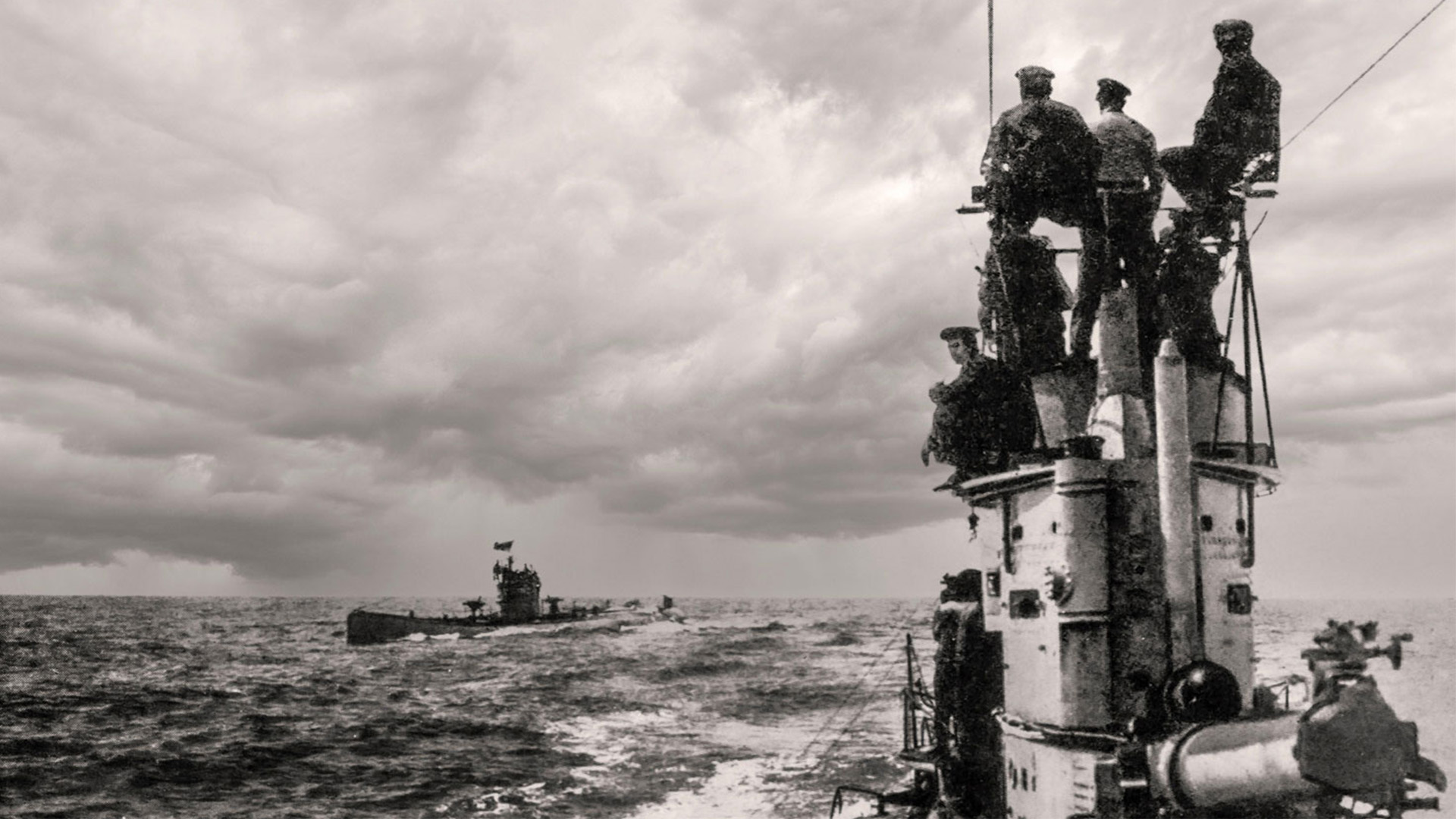
Twenty officers – including Captain Miller – and 357 sailors from HMS Nottingham were saved by the other nearby ships in the British fleet, while continuing to play a deadly game of cat and mouse with the U-52 for as long as they possibly could.
"The ship then began to settle down by the head, taking a slight list to port... although the guns continued to fire on the periscope whenever opportunity offered," wrote Captain Miller.
Following the sinking, the German U-boat crew went to investigate, only to discover an eerie scene of empty lifeboats, with the ship's cat stranded alone in one of them.
Thirty-eight sailors on HMS Nottingham died in the attack, or were declared missing – the youngest was just 18 years old.
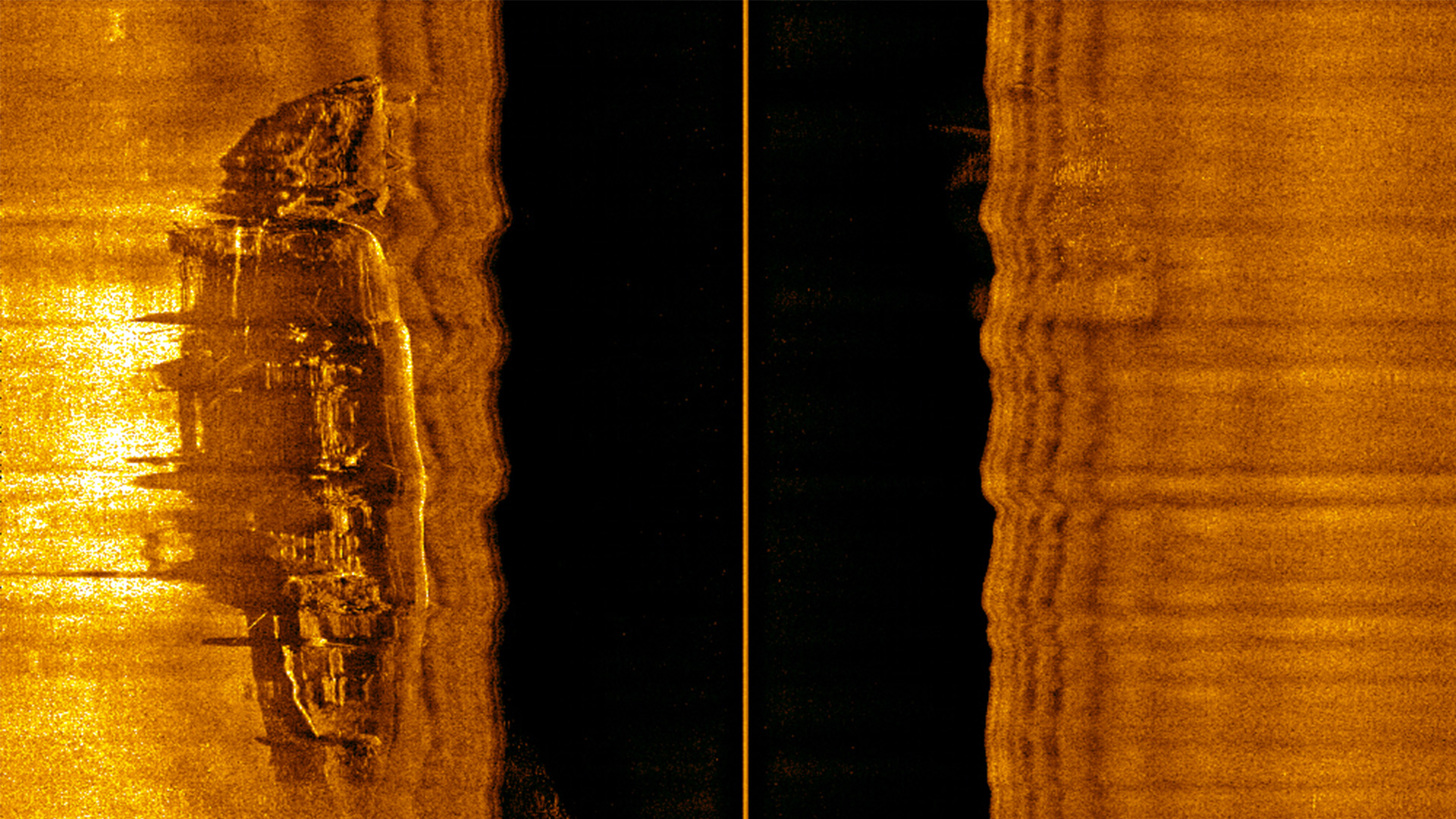
The wreckage lay undiscovered for 109 years, with many failed attempts to find her, until Project Xplore narrowed down the search and after three days scanning the seabed, the remarkable image of the broken ship emerged from the depths.
"I think it took so long to find [because] it is literally a needle in a haystack," said Mr McMullen.
"The North Sea is an absolutely huge piece and body of water, and this ship is a mere 139m long and 15m wide.
"Although there was lots of information in the archives, none of them were dead on.
"We were very lucky to have additional information from local fishermen... that they'd put out on their own chartered maps to say that they were losing gear, snagging gear, which... turned out to be HMS Nottingham."

Project Xplore has shared details of the discovery with the Royal Navy, which is closely collaborating with the team.
"We appreciate the efforts to locate the wreck of HMS Nottingham," a Navy spokesperson said in a statement.
"The MOD, along with additional subject matter experts, will now consider the evidence received in line with policy before formally identifying the wreck."
The Navy also issued a warning to any potential bounty hunters, stating that the shipwreck and its artefacts are protected through the principle of sovereign immunity.
It is understood that the site has not yet been designated an official war grave, although a number of sailors are still officially missing in the waters.
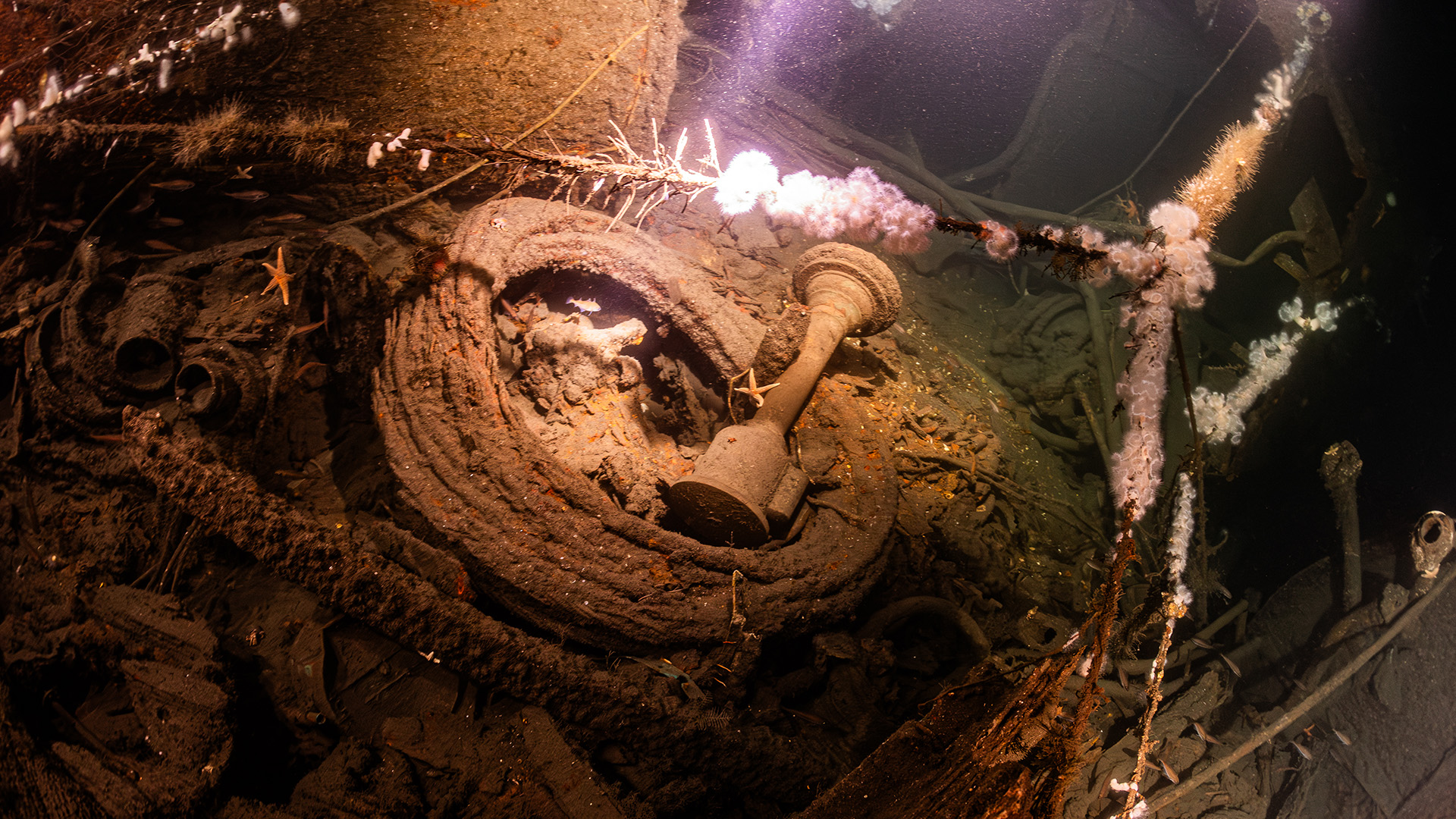
The Project Xplore team is also hoping for the opportunity to return to the wreck to learn more about HMS Nottingham and gather more details.
"We would love to go back to the wreck site... to extend the documentation that we've done so far," said Mr McMullen.
Project Xplore, run by Dan McMullen and Leo Fielding, specialises in shipwreck exploration, and hopes to discover and document other uncharted shipwrecks in the future.









